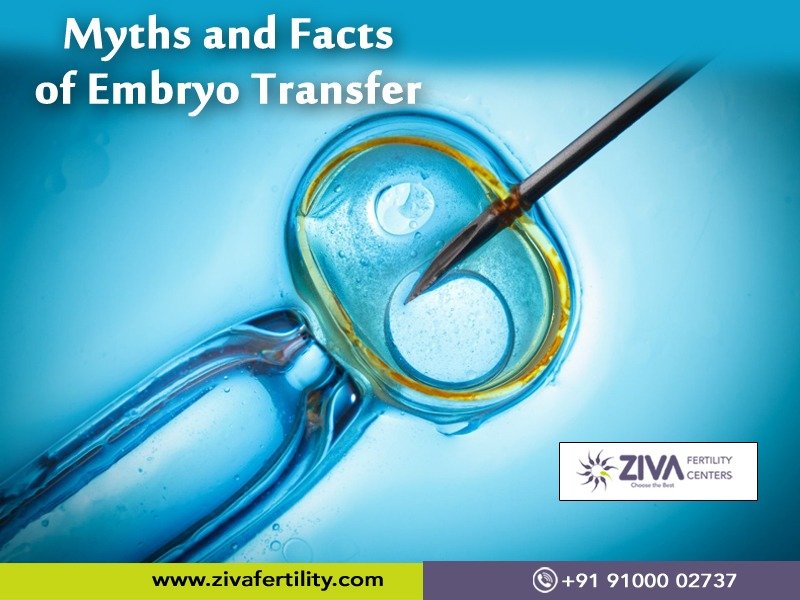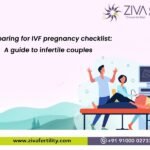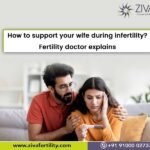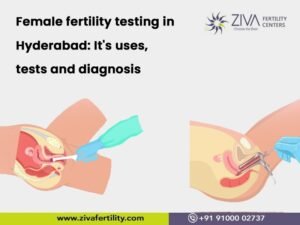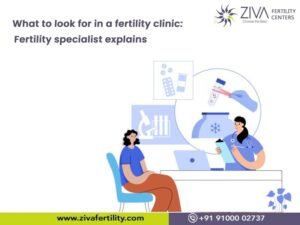In an embryo transfer, fertilizing the egg and sperm happens in the laboratory, and the resultant embryo is reintroduced into the uterus. Did you know that it was in 1978 that biologist Bob Edwards and gynaecologist Patrick Steptoe aided in the conception of the first test tube baby Louise Brown using in vitro fertilization (IVF)? Embryo transfer is an essential part of IVF, often plagued with some common myths. Many patients who visit our ZIVA fertility center have queries regarding the transfer process, dietary changes, tips for succeeding at the first attempt and do’s and don’ts. Many myths are because of a deficiency of adequate understanding of most of these procedures. Getting clarity about these myths also helps remove the misguided beliefs connected with ART procedures. This blog will address such myths so you can attempt the process with relative peace of mind.
Myth -1: If a couple undergoes embryo transfer, they only have to go for surgical deliveries.
After successful conception with an embryo transfer, the resultant pregnancy is similar to a natural pregnancy. If any complications arise, it might need a C-section. But bear in mind that the same would have risen even with natural pregnancies.

Image Credit…invitra
Myth – 2: Young couples only benefit from Embryo Transfer
Fertility is closely connected with age, but the process is as efficient in women of all ages in the post-menopausal set as with young ones. For creating the embryo, donor eggs of younger women are employed.
Myth – 3: The success rate is a 100%
For partners below the age of thirty-five, for the rest, the success rate is about 40%. Apart from age, the success determining factors are the reason for infertility, lifestyle, and hormonal issues.
Myth – 4: Children born out of Embryo Transfer have birth defects
The overall threat of giving birth to an IVF child with birth defects is very low. Risks associated with an abnormal fetus cannot be guessed beforehand. Children born out of IVF are no different from those born out of natural conception.
Myth – 5: It is an unsafe procedure.
To stimulate ovulation, ovarian stimulation drugs are administered. Out of all the women who receive these medicines, only 2% of patients get ovarian hyperstimulation disorder, which is an exaggerated response to excess hormones.
Myth – 6: Embryo Transfer needs hospitalization.
The entire process is done on an outpatient basis and is usually for a couple of hours throughout the egg-collection process. Many days of hospitalization are not required for either of the couples.

Image Credit…invitra
Myth – 7: Reduced eggs after an egg donor is a problem
Women have over 400,000 eggs, and in a whole life span, just four hundred are needed. During each month, only twenty of those are mobilized, and out of them, only one or two develop to the level to be released at the time of ovulation. The remaining eighteen to nineteen of the outstanding eggs perish. Owing to the volume of the healthy eggs, there is no possibility of eggs being finished by donation.
When individuals get cardiac surgery or a knee replacement, they freely discuss it in friendly get-togethers. But there is a dilemma when the couple is trying for an ART. But one does not need to broadcast but can always discuss their anxieties and worries with their close family, friends, and even with reliable support groups. Please do not fall for the myths that children born out of these treatments are abnormal. We at ZIVA clinics always encourage partners to come out and speak about their anxieties and fears to overcome any psychological barriers. This list is just the most common myths, but you might have specific concerns and questions depending on your unique situation. Please reach out to us today at +91-9100002737, +91-9392834024, info@zivafertility.com and visit our website https://zivafertility.com/ to know more.

